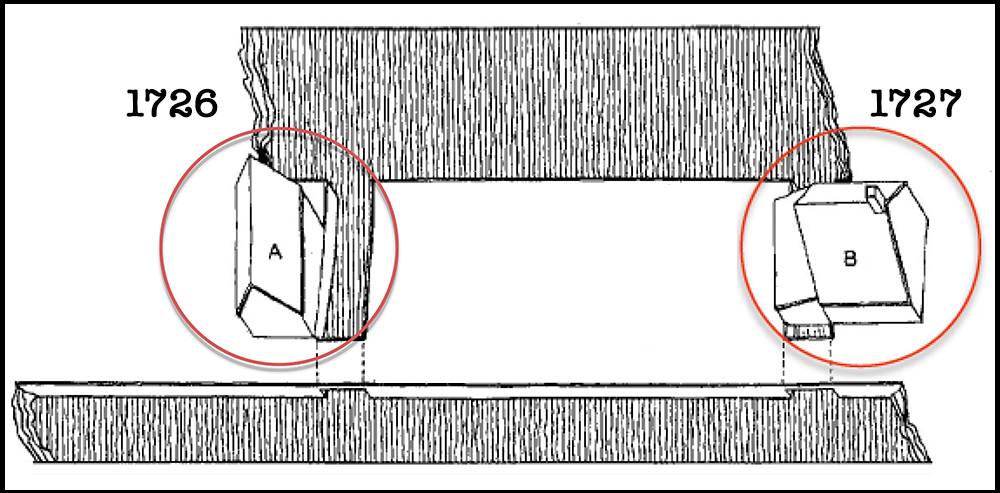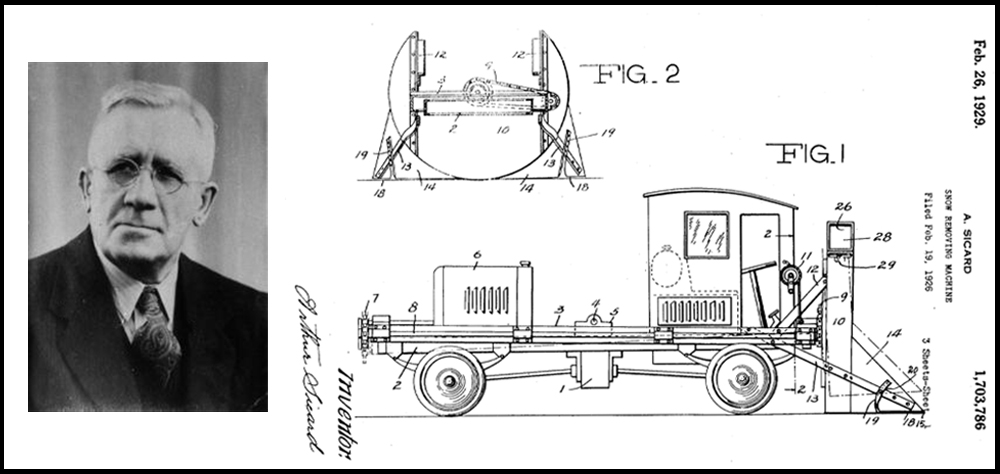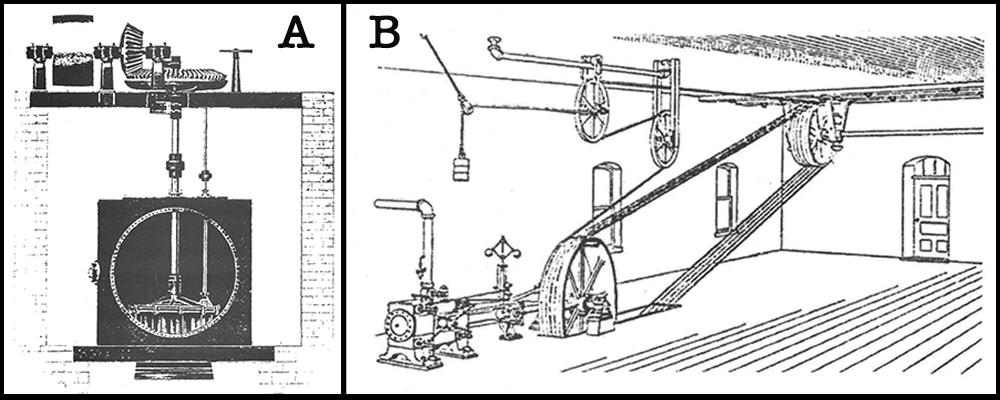A tour of a mill in 1749 and hydraulic energy
During his stay in Sault-au-Récollet, Pehr Kalm was able to get a closer look at the mills. Seen from the dike, the stone buildings extend further back. This horizontal layout could accommodate a row of several mill wheels along the northern pinion that are adjusted to match the declivity of the stream. The wheels and axles are made of white oak, a rot-resistant wood used in shipbuilding.
The teeth of the cogwheel and the blades of the waterwheel are made of sugar maple, one of the hardest local woods. The lower blades of the larger vertical wheel go into the current to make it spin. This motion is then transferred to the runner stone, a large stone disc laid flat. The millstones crush the wheat kernels to separate the bran from the flour.
The Swedish naturalist would go on to write: “Before, millstones were imported from France, but now one can find fairly good ones locally, a few miles from here, in the Lac des Deux Montagnes region.” They are composed of a quartz agglomerate of a reddish and greyish-blue colour. These pieces of quartz are coated in a white limestone “that makes it appear as if the rocks were dusted with flour.”
Kalm was impressed by the clever system that allowed the miller to control the speed with which the grain fell in the funnel above the millstone. By simply pulling on a rope, “one could either slow down the flow of grain, or, giving a little more rope, speed it up.”

On the left, a first mill opens on the dike toward La Visitation Island in 1726. This is a mill for sawing wood. On the right, a flour mill opens in 1727 on the shore of the Island of Montreal.
Stéphane Tessier tells about Jean Sicard and his son Simon, millers
Video with transcript (EN). Subtitles available in English and French.

Portrait of Arthur Sicard in 1946 and the drawings for the snowblower that he submitted to the United States Patent and Trademark Office in 1929.
The Sicard lineage: from the first millers to the inventor of the snowblower
Video with transcript (EN). Subtitles available in English and French.


